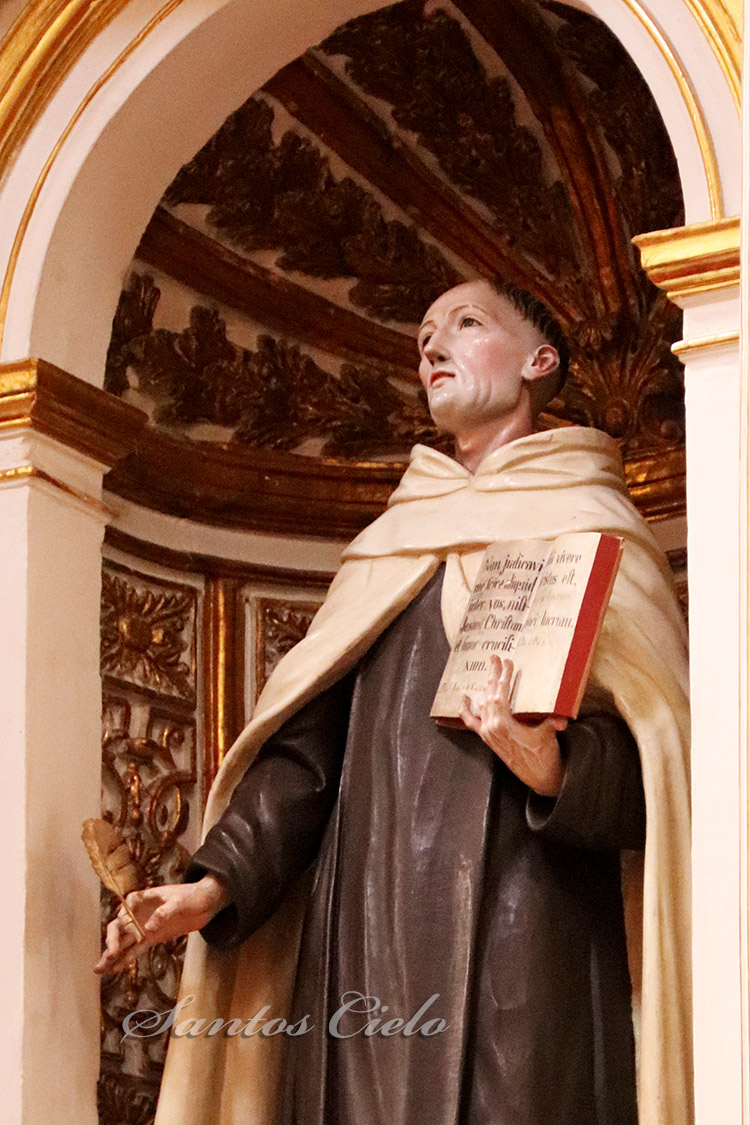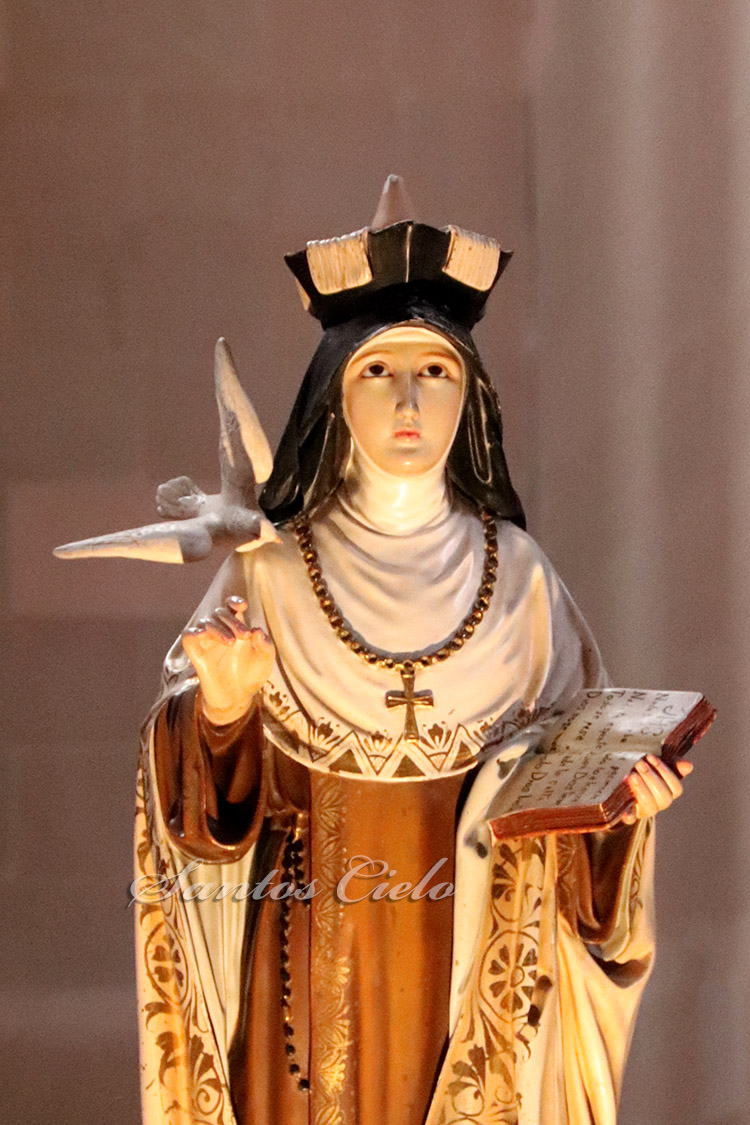Saint John of the Cross
Saint John of the Cross
Born: 1542 in Fontiveros, Avila, Spain
Died: 14 December 1591 in Ubeda, Jaen, Spain
Beatified: January 25, 1675 by Pope Clement X
Canonized: December 27, 1726 by Pope Benedict XIII
Feast Day: December 14
John of the Cross was born Juan de Yepes y Álvarez in 1542 in Avila, Spain. He was a Carmelite friar, priest, mystic, author, poet and a prominent reformer in the Spanish Counter-Reformation. He is one of 36 Doctors of the Church.
John was born into poverty and received his basic childhood education in religious studies. He studied the Humanities in a Jesuit school from 1559 to 1563, when he joined the Carmelite Order, taking the name John of St. Matthias
The next year he took his first profession in the order and began studying philosophy and theology at Salamanca University.
John was ordained a priest in 1567. That same year he traveled from Salamanca to Medina del Campo, where he met the Carmelite nun Teresa of Ávila. She told him of her reform projects and the two became reform-minded colleagues.
In October 1568 John founded a Carmelite order of friars in a house in Duruelo, located between Salamanca and Ávila. He moved the order to Mancera de Abajo in 1570 and established additional communities in Pastrana and Alcalá de Henares.
Teresa invited him to Avila in 1572, where he became the spiritual director and confessor of Teresa and the other 130 nuns and laypeople in the city.
Sometime between 1574 and 1577 John had a vision of the Christ crucified and drew a depiction of Jesus. The drawing would inspire Spanish artist Salvador Dalí’s 1951 painting “Christ of Saint John of the Cross.”
Also, during that time tensions continued to build among Spanish Carmelite friars with regard to their opposition of reforms being implemented by John and Teresa.
A group of Carmelites opposed to reform kidnapped John on the night of December 2, 1577. He stood before a court of Carmelite friars and was sentenced to life imprisonment.
John was imprisoned in a monastery where he lived in a 10′ x 6′ cell without changes of clothing, received little food and was subject to weekly public lashings.
During this time of great adversity, however, he wrote “Spiritual Canticle,” his most famous poem, in addition to other poems, on paper that was smuggled to him by the friar charged with guarding his cell.
Eight months later, on August 15, 1578. he escaped from his prison cell in the monastery. He was nursed back to health by the Carmelite nuns and then spent six weeks in the Hospital of Santa Cruz to complete his recovery.
After regaining his health, John continued with reforms and joined a meeting of the Discalced Carmelites in October of 1578. He was asked to help define the community and he wrote their constitution.
John of the Cross continued to establish monasteries and convents, and he made annual visits to the houses of friars and nuns. He served as the rector of the Colegio de San Basilio from 1579 to 1582. In his final year he was saddened to hear the news of the death of his spiritual companion Saint Teresa of Avila, on October 4.
John became third Councilor to the Vicar General for the Discalced Carmelites in 1588 in addition to being prior of the monastery at Segovia. He later disagreed with new plans for the leadership structure of the Discalced Carmelites and was removed from his position in Segovia and in 1591 was sent to La Peñuela, a monastery in a remote area of Andalusia.
He fell ill there and traveled to the monastery at Úbeda for medical treatment. There, he succumbed to erysipelas on December 14, 1591.
Saint John of the Cross was beatified on January 25, 1675 by Pope Clement X and canonized on December 27, 1726 by Pope Benedict XIII. He was declared a Doctor of the Church in 1926 by Pope Pius XI.
Source: Wikipedia



